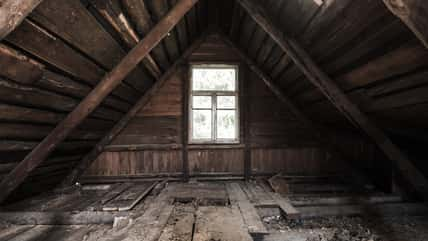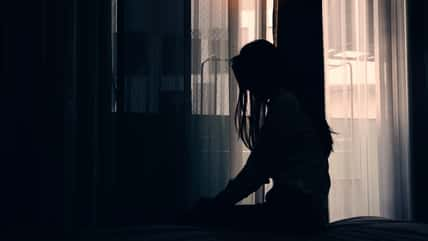This Man Hunted Witches In The 1600s And Was Responsible For The Deaths Of Over 300 Women

In 1603, the kingdoms of Scotland and England were united when King James I took the throne. At that time, the region was steeped with paranoia at the thought of devilry and witchcraft.
The king himself was also convinced that the land in which he ruled was tainted with black magic and witchcraft.
He released a book on the subjects titled “Daemonologie,” which helped spread fear throughout the country. James even persuaded Parliament to pass the Witchcraft Statute of 1604, which ruled the practice of witchcraft as a crime punishable by death.
By the 1640s, everyone was convinced that witches lurked around every corner and that they must be eradicated.
It was then that a man named Matthew Hopkins came onto the scene. He became known as the “Witchfinder General” and is believed to have been responsible for the deaths of over 300 women who were accused of witchcraft.
The earliest records of his witch-hunting career appeared in 1644 when he moved to Manningtree, Essex.
He had turned up in the town to buy a local inn with money he inherited from his father. Hopkins was an impoverished lawyer with a strong religious background. He was willing to jump onto the whole witchcraft train to make some money and rid the world of evil.
In March 1644, he believed that several witches near his home were regularly practicing their dark arts after overhearing a group of women discussing their meetings with the devil.
At that time, 23 women were charged with witchcraft. Four of them died in prison, and 19 were later convicted and hanged.

kharchenkoirina – stock.adobe.com – illustrative purposes only, not the actual person
Hopkins seemed to have assumed the title of Witchfinder General in 1645. He claimed that Parliament had officially enlisted him to hunt down and prosecute witches.
He formed a group that traveled with him to various towns and villages in eastern England, examining women for marks of the devil, which were really just small birthmarks or blemishes.
For his services, Hopkins was paid 20 shillings per town, although documentation from the small town of Stowmarket showed that he was paid 23 shillings.
Local taxes were even used to fund his witch-hunting career. Many of the methods that Hopkins used to identify witches were adopted from King James’ book.
One of the methods included keeping the suspect awake for several days straight. The sleep deprivation would cause the suspect to confess to almost anything.
There were also people called “lady-prickers” who worked with Hopkins. They would cut the arm of the accused with a knife, needle, or pin. If the accused did not bleed, she was a witch.
Hopkins’ favorite technique of torture was the “swimming test,” which involved tying the arms and legs of the accused to a chair.
She would then be thrown into a pond. If the woman sank and drowned, she was innocent and would go to heaven. If she floated, she was a witch.
Between 1644 and 1646, Hopkins is said to have sentenced over 300 women to their deaths. He wrote a short pamphlet detailing his witch-hunting techniques, which was published in 1647.
It is unclear what happened to Hopkins after his career as Witchfinder General. He may have died of tuberculosis in 1647. But some say that he was drowned after being accused of witchcraft himself.
Sign up for Chip Chick’s newsletter and get stories like this delivered to your inbox.
More About:Freaky





